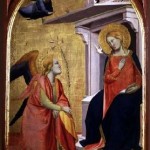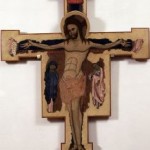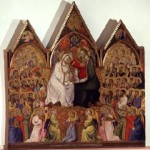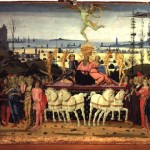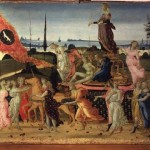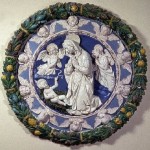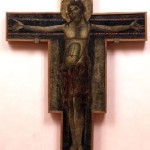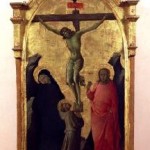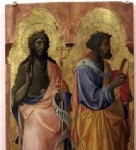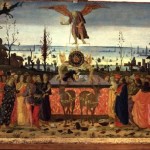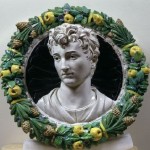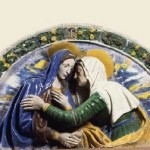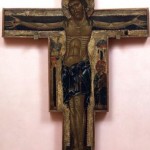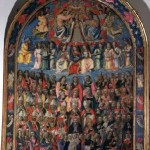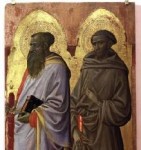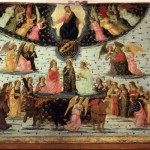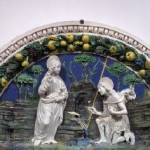The Museum Of Sacred Art of San Donnino, recently opened up, is housed in the complex adjacent to the church of Sant’Andrea which, as regards the visit to this museum, represents its natural complement.
The visit starts in an open gallery that houses a series of frescoes are displayed which, detached for preservation’ sake around 1960, come from the portico in front of the church, to which they are closely tied also from an iconographic point of view, as they represent the hagiography of the titular saint, that is Saint Andrew.
In the next three rooms, the paintings are arranged in chronological order, spaced by display cases of jewelry and ecclesiastical vestments which are pleasantly distributed around. Among the most important pictorial works is the so-called “Triptych of Saint Donnino”, the result of an historically accepted combination of works by 14th century painters, which had a separate origin: the central panel depicting the Madonna with Child is by the Master of Barberino and both the Saints on the sides and the predella are by Giovanni del Biondo. Besides, dating back to the beginning of the 1400’s is the vivid Annunciation flanked by the saints Eustachius and Anthony the Abbot. And, datable later on in the same century, are some panels attributed to the workshop of Domenico del Ghirlandaio. In addition, , attributed to Matteo Rosselli, a Florentine painter of the 1600’s, is a Madonna in Glory who offers a Rosary to Saint Domenic.


